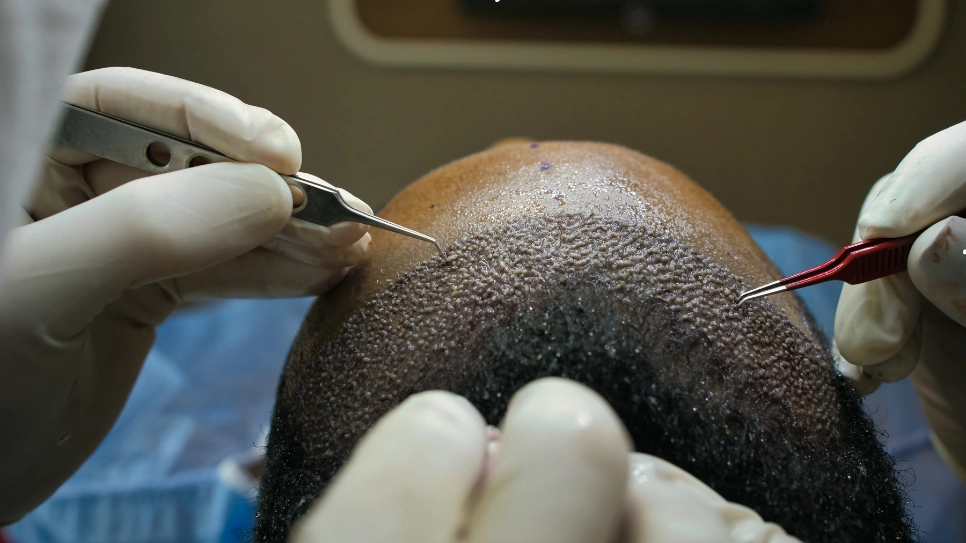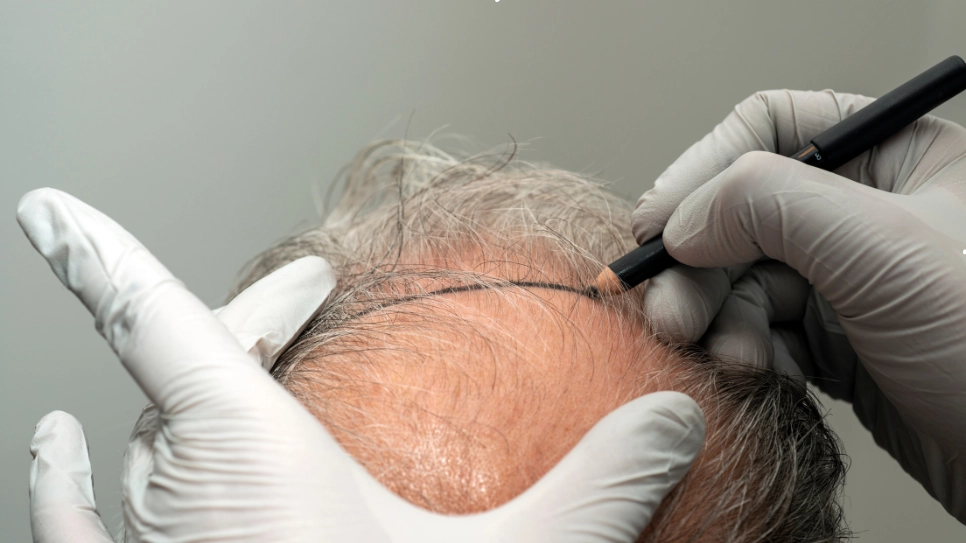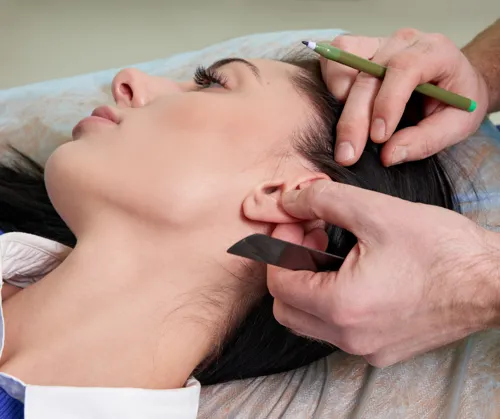Hair transplants offer effective solutions for hair loss, with FUE (Follicular Unit Extraction) and FUT (Follicular Unit Transplantation) being the most popular techniques. Each method has its own advantages in terms of scarring, recovery, and suitability for different hair restoration needs. Here’s a breakdown of the differences to help guide the choice between FUE and FUT.
Overview of FUE (Follicular Unit Extraction)
FUE involves removing individual hair follicles from the donor area, typically at the back of the head, using a specialized tool. These follicles are then transplanted to areas where hair is thinning or absent. FUE is a minimally invasive process that leaves tiny dot scars, which are generally less visible and heal quickly. This method is ideal for those seeking minimal scarring and a faster return to daily activities.

Read another one of our articles on plastic surgery, which talks about the benefits of liposuction for stubborn fat areas.
Overview of FUT (Follicular Unit Transplantation)
In the FUT method, a thin strip of scalp is removed from the donor area to harvest multiple hair follicles, which are then transplanted to areas in need. FUT is efficient for those requiring a larger volume of grafts, as it allows many follicles to be harvested at once. However, it leaves a linear scar where the strip was removed, which is typically hidden by surrounding hair.
Scarring and recovery differences
Scarring and recovery differ significantly between FUE and FUT. FUE produces small dot-like scars that blend well with short hairstyles, with recovery taking just a few days. FUT, on the other hand, results in a linear scar in the donor area, requiring more healing time and potentially limiting very short hairstyles.
Ideal candidates for each technique
FUE suits those who prefer shorter hairstyles or who have tight scalps, as it doesn’t require a strip incision. FUT is often recommended for individuals needing a larger graft count in a single session, especially those with good scalp elasticity, which accommodates the strip removal more comfortably.

Cost considerations and time commitment
Cost and time vary between FUE and FUT, with FUE generally being more expensive per graft due to the precision involved in removing each follicle individually. FUT often has a lower cost per graft and is more time-efficient for high-volume transplants, though it requires a longer recovery.
More information about the price of hair transplant can be found in our cost guide.
FUE and FUT both provide effective hair restoration, each with specific benefits. FUE offers minimal scarring and a quicker recovery, while FUT enables more extensive grafting in a single session. Consulting with a specialist can help determine which approach aligns best with personal goals and scalp condition.
Request a quote for hair transplant on Procompare to discover the best option for your needs!







